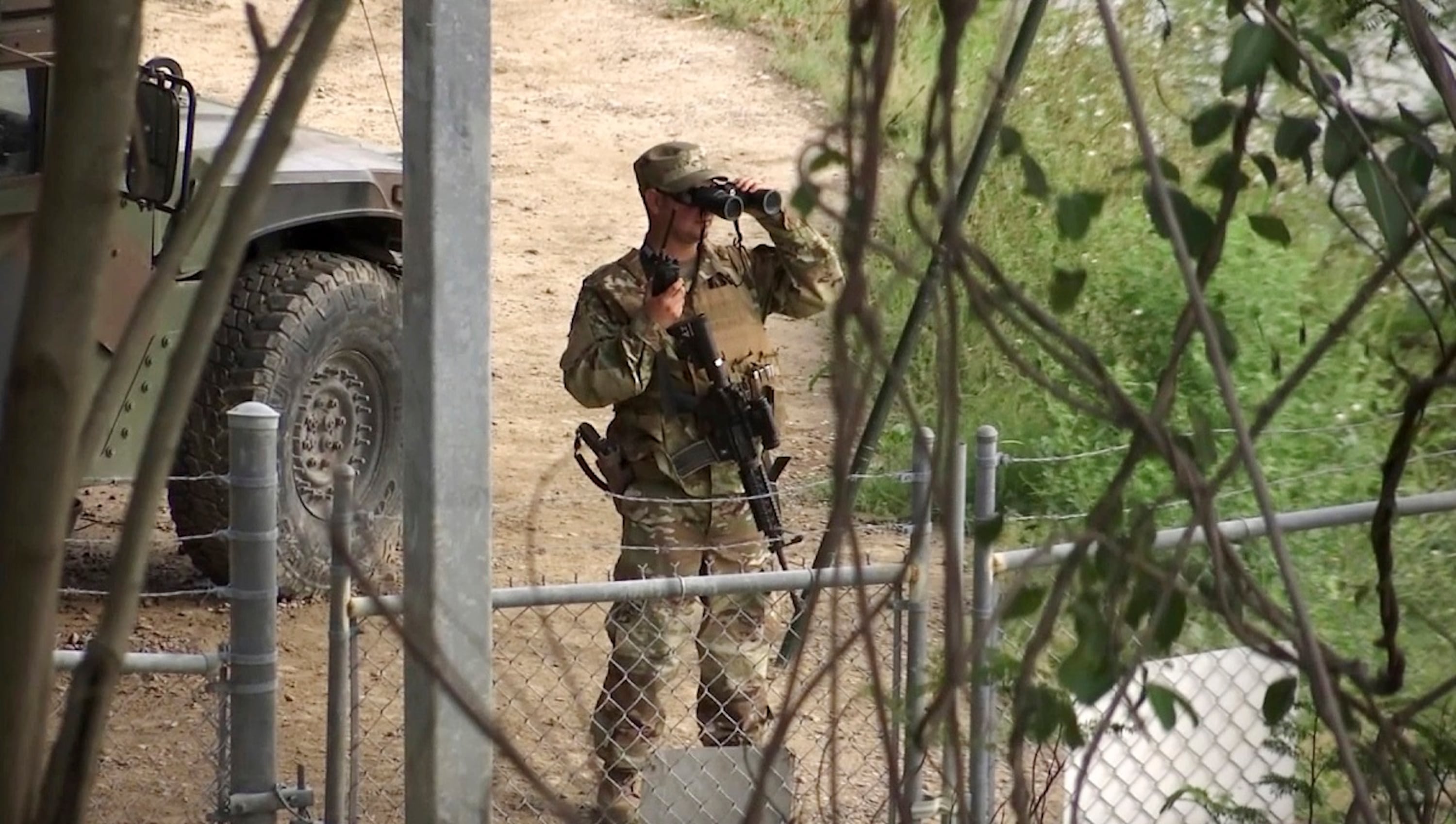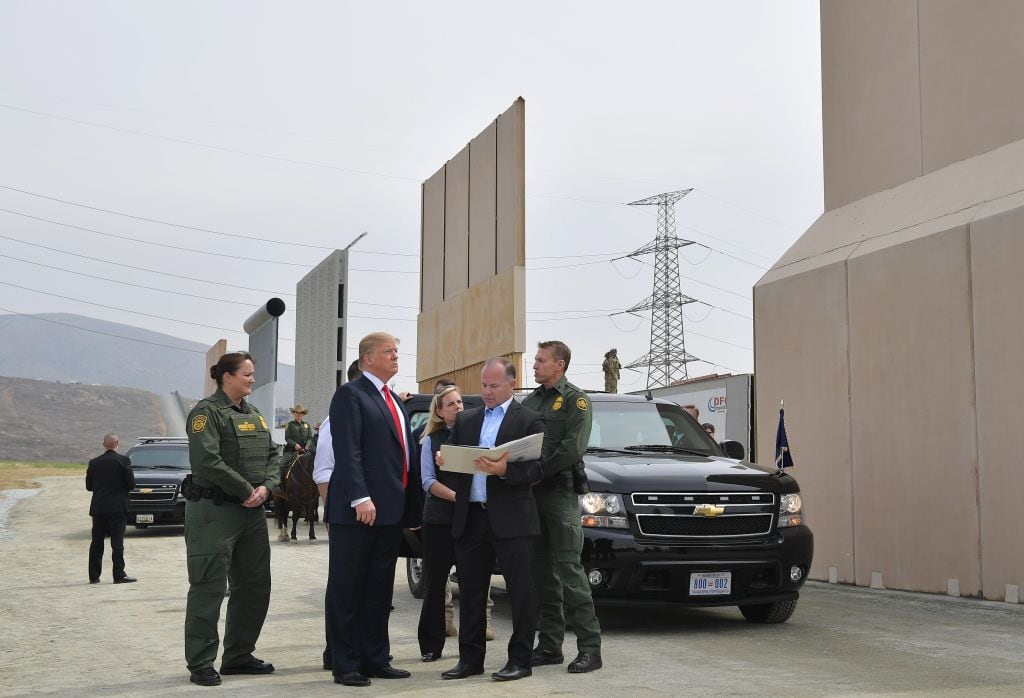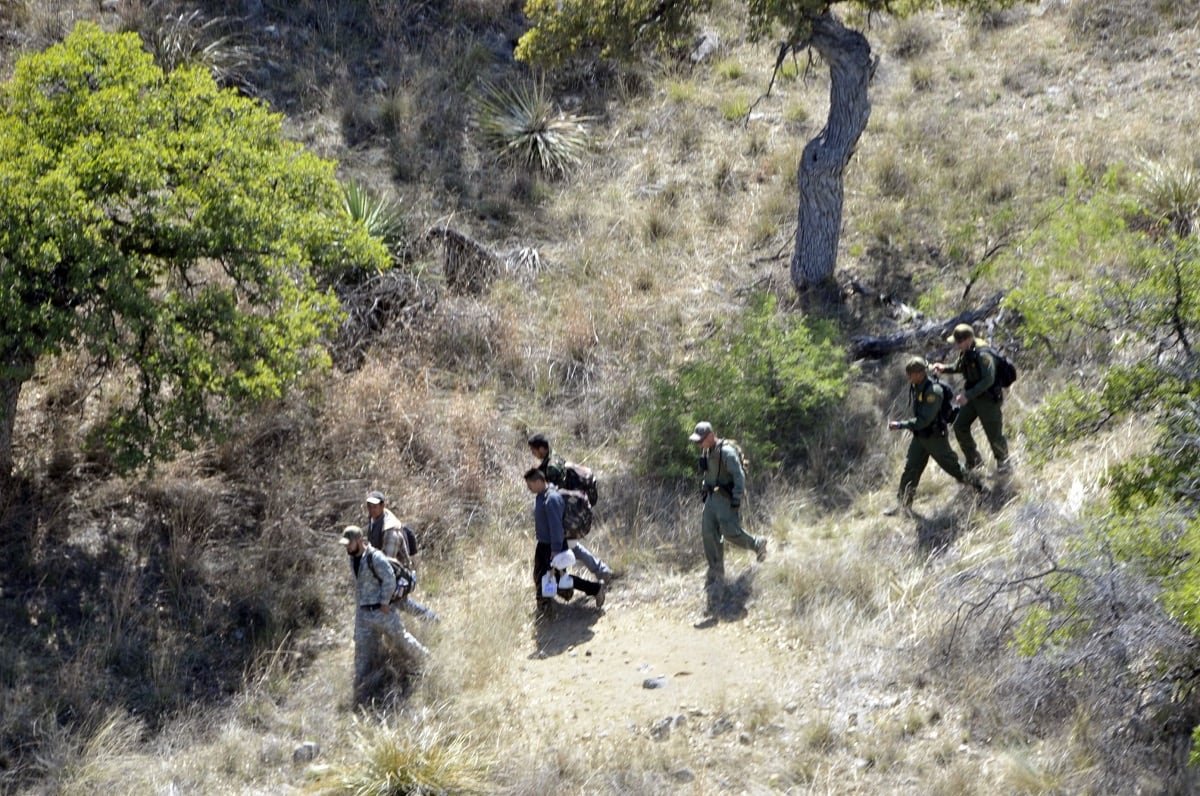Despite Trump administration and National Guard claims of success with troop deployments to the U.S.-Mexico border, the head of the national Border Patrol union said the agents have “seen no benefit” and calls the deployments a “colossal waste of time.”
That is according to a report by the Los Angeles Times this week, which cited official sources with the Guard, Border Patrol, administration and others.
The union previously endorsed President Donald Trump during his candidacy and praised the Guard deployments, among other border security decisions.
National Border Patrol Council President Brandon Judd told the newspaper that initially he was excited about the deployment, hoping that their presence would lessen the strained patrol’s duties.
But, he said, that’s not what happened.
Army Lt. Col. Jamie Davis, a Pentagon spokesman, told the Times that an estimated 1,600 troops were deployed and 750 more may be added. The total could reach as many as 4,000.
The deployment is estimated to eventually cost as much as $220 million to $252 million by the end of this year, said Christopher Sherwood, another Pentagon spokesman. Those costs cover pay and support for 3,143 troops and 12,000 flying hours.
Arizona and Texas officials with both the Border Patrol and the Guard called the troop deployment a “force multiplier” but did not disclose how many agents the troop deployment had freed up.
Agent Chris Cabrera, a spokesman for the union’s Rio Grande Valley, Texas, chapter, told the Times that troops are stationed far from the border and are duplicating rather than enhancing agents.

In response to Judd’s assertions, Border Patrol Acting Chief Carla Provost told the Times that the Guard’s role had changed from past deployments. She noted that the Guard troops must be paired with an agent because the agent has law enforcement authority, so officials decided to use them in more behind-the-scenes roles, including in surveillance and air support.
The customary practice has been for agents to work in pairs, running aerostat blimps to monitor the area. With the addition of a Guard soldier to each team, the agents are then freed up to run more teams, she said.
Homeland Security spokeswoman Katie Waldman called the ongoing deployment a success.
“The third request for assistance to deploy additional Guardsmen in support of the mission to secure the southern border was recently authorized and is being implemented. More help is on the way,” Waldman said.
RELATED

Border Patrol officials noted that soldiers assisted with 3,924 deportations, 1,116 turn backs of migrants into Mexico, and seizures totaling 3,486 pounds of marijuana in their role of operating support technology and equipment.
But Border Patrol union members disputed claims of effectiveness, pointing to previous Guard deployments in 2014 and 2010 in which troops were on the front lines with agents to ease the workload.
The soldiers couldn’t under law detain the migrants but the could “observe and report,” which helped patrols, Judd told the Times.
“They were allowed to do a lot more than they are under the Trump administration,” Judd told the Times. “They were allowed to be in lookout and observation posts. They were allowed to be out grading the roads and mending fences. They were allowed to be our eyes and ears, freeing us up.”
Todd South has written about crime, courts, government and the military for multiple publications since 2004 and was named a 2014 Pulitzer finalist for a co-written project on witness intimidation. Todd is a Marine veteran of the Iraq War.



